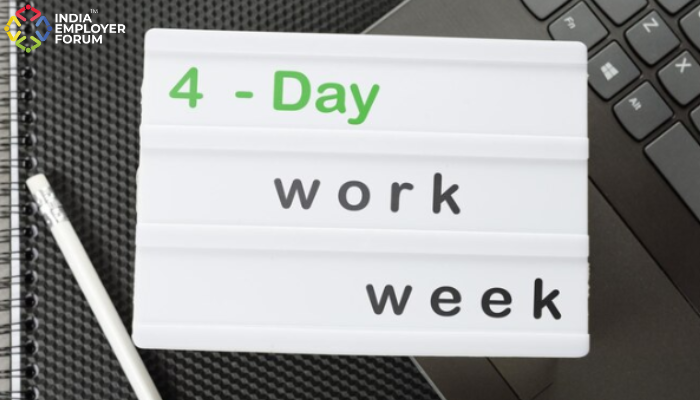The advantage of an agile workforce is rising above the limitations of a business environment. In tough times such as the current pandemic resulting from the rampant spread of the coronavirus, shifting gears and switching course can be discombobulating for businesses. An agile workforce spearheads a flexible work environment that can weather sea changes and keep the business on course.
An agile workforce is one that is deeply engaged in the business’s near-term and long-term goals. So much so that it strives to meet business agility goals and keep performance flying high despite the ravages of market conditions, personnel challenges, and vagaries of customer demand. Such a poised strategy is more than a mere staffing solution. It isn’t only the future of work but the future of business as well. It is highly relevant to COVID times where businesses need to pivot and gather up momentum after several months of a logistical and economic slowdown. This can be daunting in the face of disruption in the larger frameworks of supply chain management, procurement, curbs on labor migration, and funding.
You might also be interested to read: Future Of Organizations – The Need To Build For Speed
A tiny but relevant example is automation, electronic invoicing and green billing, which many companies have adopted already. In the scope of contactless processing due to the coronavirus crisis, this move has come none the sooner: more firms focus on paperless invoicing, loan processing, and housing finance. Notable ones in India are Bajaj Finserv and Kotak Mahindra Bank. This move serves the salaried class of workers who can submit documents online. It paves the way for data to be captured electronically, cutting down processing times, and side by side opening up paths for cross-selling across customer segments. All the while, financial institutions have Artificial Intelligence and Machine Learning processes at work to analyze consumer behavior and needs better. For the agile workforce willing to adapt to digitalization and changing work conditions, it means greater efficiency and fewer jobs stuck in the pipelines. In the wake of electronic processing, a host of functions such as underwriting, debt collection, lending, and lead generation have been able to regroup.
The other big change is the case of field workers. Face-to-face interactions now make way for video conferencing. In agile workforce planning, companies adapting to COVID-led challenges seek to empower their representatives in various field locations and client teams.
As part of this, NITI Aayog, a Government of India-led national development think tank, calls for the collusion of state governments, professionals and care workers on the field, and nonprofits. With Cooperative Federalism as its motto and social security as its focus, NITI Aayog has launched initiatives to help agile organizations and individuals come together for the common purpose of fighting the coronavirus. Agile workforce deployed to lead their organization and help them adjust to the new normal can also access these resources. To do this, corporations with business agility can help out by conducting COVID awareness programs and help in the distribution of funds or test kits. Several other similar outfits like Gramswaraj and PRIA (Participatory Research in Asia) offer resources that corporate teams and businesses can access. The knowledge and tools gained therein can be used to improve the agile workforce model.
You might also be interested to read: The Three Pillars Of Corporate Sustainability
For businesses looking to promote the agile work environment, the assistance online and offline abounds. Agile workforce deployment, like many other changes that have come to be required due to the ongoing healthcare crisis, will be a process. India is on the path to supplying its corporates with the tools required to support business agility. The battle half-won is that 76% of executives according to the Accenture Technology Vision 2020 report are aware of the need for change in processes and agile workforce models.
The positive sentiment and recognition surrounding the need for change is an essential first step. On this, the renewal after the long-term fallout and economic recovery after the current healthcare crisis can be based.
References:
- Daedalus Howell, Embracing Business Agility During COVID-19, Beekeeper Blog, June 11th 2020
- Kaushal Mody, Continuity in Crisis, Accenture Report, April 2020
- Avani Kapur, Rajika Seth, Supporting field workers to combat COVID-19, IDR Online, April 24th, 2020
- Ashwini Anand, Pass the coronavirus test? How banks and NBFCs can survive, and then thrive, in the post Covid-19 world, Economic Times, June 4th, 2020
Related Topics:




